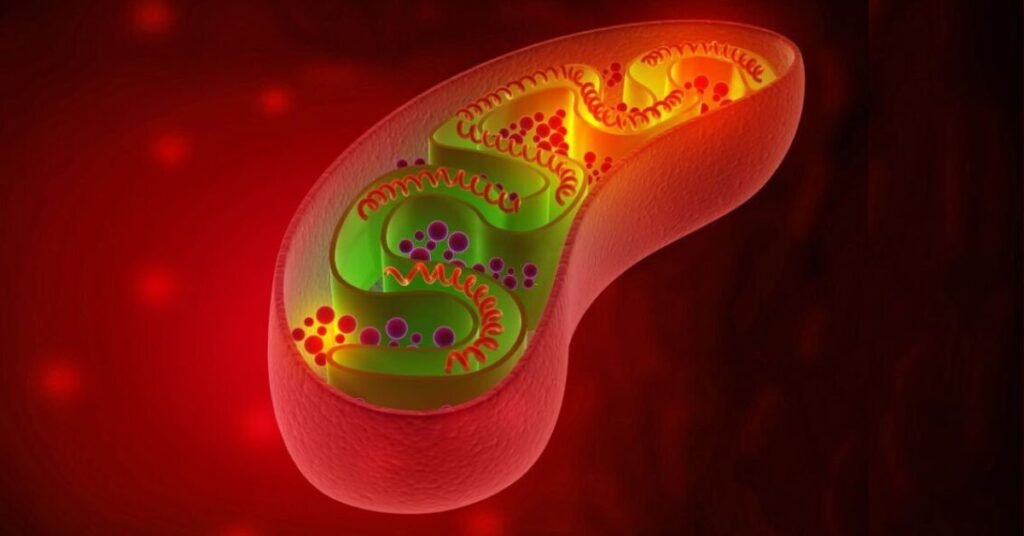Mitochondria: Unravelling the Powerhouses of the Cell
In the intricate realm of cellular biology, mitochondria stand as true powerhouses that drive the fundamental processes of life. These fascinating organelles play a pivotal role in energy production, cell signalling, and even apoptosis. As we delve into the depths of mitochondrial biology, we embark on a captivating journey through the inner workings of these microscopic dynamos.
Understanding Mitochondria: The Energy Factories
Mitochondria, often referred to as the “powerhouses of the cell,” are double-membraned organelles found in most eukaryotic organisms. With their distinct structure and evolutionary origins, mitochondria serve as essential centres for energy production, converting nutrients into adenosine triphosphate (ATP), the cell’s primary energy currency.
Structure and Function: The Intricacies of Mitochondria
Mitochondria boast a unique structure, characterised by an outer membrane, an inner membrane, and the matrix. The outer membrane acts as a protective barrier, while the inner membrane houses intricate folds called cristae, which amplify its surface area. The matrix, the central compartment within the inner membrane, holds enzymes, mitochondrial DNA, and ribosomes responsible for protein synthesis. Fueling the cell’s energy demands, mitochondria undergo cellular respiration, a complex process comprising three key stages: glycolysis, the Krebs cycle, and oxidative phosphorylation. During these stages, various molecules, such as glucose and fatty acids, are broken down to generate ATP.
The Multifaceted Roles of Mitochondria
Beyond their energy-generating prowess, mitochondria contribute to numerous essential functions within the cell. They are involved in regulating calcium levels, participating in lipid metabolism, and even influencing apoptosis, the programmed cell death. Moreover, mitochondria play a crucial role in signalling pathways, impacting cell growth, division, and differentiation.
Mitochondrial DNA: A Genetic Journey
Mitochondria possess their own distinct DNA, known as mitochondrial DNA (mtDNA). Unlike nuclear DNA, which is inherited from both parents, mtDNA is solely maternally inherited. This unique genetic makeup plays a significant role in mitochondrial function and has become a valuable tool for evolutionary and forensic studies.
Mitochondrial Disorders: Unravelling Cellular Chaos
Disruptions in mitochondrial function can lead to a range of disorders known as mitochondrial diseases. These conditions can affect various systems in the body, including the nervous system, muscles, and organs with high energy requirements. The symptoms of mitochondrial disorders can be diverse and encompass neurological, muscular, and metabolic abnormalities.
Unleashing the Potential: Optimising Mitochondrial Health
As our understanding of mitochondria expands, so does our knowledge of strategies to optimise mitochondrial health. Factors such as regular exercise, a nutrient-rich diet, and adequate sleep have been shown to support mitochondrial function. Additionally, certain supplements, such as CoQ10 and alpha-lipoic acid, hold promise in promoting mitochondrial well-being.
Exploring the Future: Mitochondria and Medical Advancements
Mitochondrial research continues to uncover groundbreaking insights into their intricate roles in health and disease. Scientists are actively studying novel therapeutic approaches, including mitochondrial replacement therapy and targeted drug delivery to mitochondria, with the aim of combating mitochondrial disorders and improving overall human health. Remember , Most drugs target a response rather than the disease, whereas metabolic strategies, such as fasting and carbohydrate-restricted diets, aim to restore mitochondria function, to reverse chronic disease. Here is an Excellent Article Published in 2022 , Titled Metabolic Strategies in Healthcare: A New Era please go thorugh in case if you want to gain more insights. https://www.ncbi.nlm.nih.gov/pmc/articles/PMC9116908/

